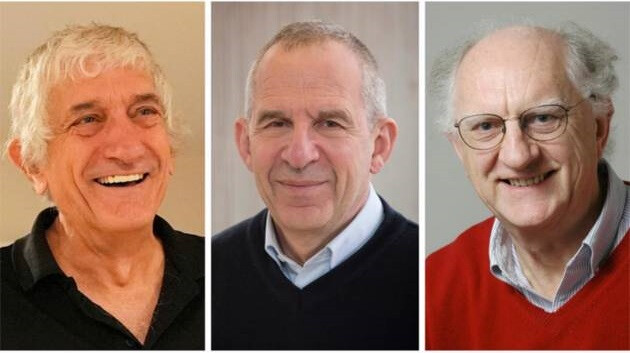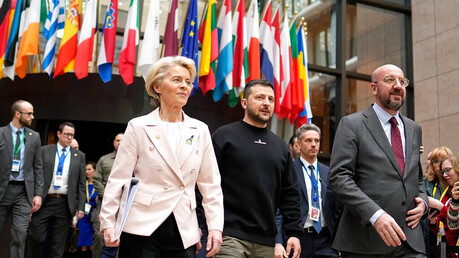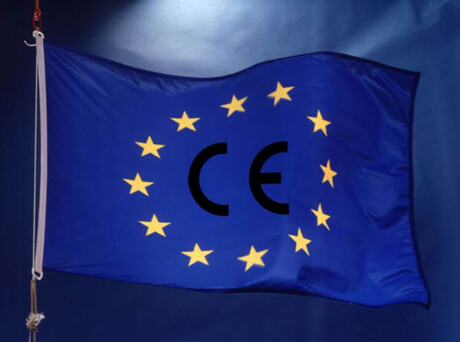
The Royal Swedish Academy of Sciences has selected three scientists—John Clarke, Michel H. Devoret, and John M. Martinis—as the recipients of the 2025 Nobel Prize in Physics. They have been honored for their monumental work: “The discovery of macroscopic quantum tunneling effects and energy quantization in electrical circuits.”
A Great Experiment Connecting the Microscopic and Macroscopic Worlds
For a long time, one of the biggest questions in physics was the maximum scale at which quantum effects could manifest. Quantum mechanical phenomena, such as a particle existing in two places at once or tunneling through an energy barrier, were known to be observable only in the extremely tiny microscopic world of atoms and electrons. It was common experience that these peculiar phenomena disappeared in macroscopic objects encountered in daily life, such as tables or people.
However, the laureates overturned this common belief through experiments conducted between 1984 and 1985. They used a structure called a Josephson junction, which consists of a thin insulator sandwiched between small electrical circuits made of a superconductor. Within this superconducting circuit, which allows current to flow without resistance at extremely low, sub-zero temperatures, the scientists observed that all the charge occupying the entire circuit behaved like a single, giant particle.
Proving Macroscopic Quantum Phenomena and Laying the Foundation for Future Technology
This macroscopic particle was trapped in an energy barrier, but it exhibited a phenomenon impossible in classical physics. Macroscopic Quantum Tunneling (MQT)—the effect of the particle moving to another state by passing through the barrier as if through a wall, without absorbing energy—was actually observed. This was the first instance to prove that quantum tunneling, previously considered the exclusive domain of microscopic particles, could occur in a system of a size one could hold in their hand.
Furthermore, they confirmed that the energy of the macroscopic particle was not continuous but possessed only specific, discontinuous values (quantization). The results of this experiment clearly demonstrated that the laws of quantum mechanics could be extended beyond the microscopic world to the boundary of the macroscopic world.
The Dawn of the Quantum Computing Era
These discoveries are regarded as the genesis of the 'superconducting qubit' essential for quantum computer development, and they laid the core foundation for next-generation quantum technologies such as quantum cryptography and quantum sensors. Notably, John Martinis later led the research at Google that announced Quantum Supremacy, contributing greatly to proving the feasibility of quantum computing.
The achievements of the three scientists—John Clarke (UC Berkeley), Michel H. Devoret (Yale University), and John M. Martinis (UC Santa Barbara)—not only answered fundamental questions in physics but also held the potential to drive humanity's future technological revolution. The significance is profound in that their groundbreaking research from decades ago has finally been recognized with the Nobel Prize, setting a crucial stepping stone toward the leap into the quantum age.
[Copyright (c) Global Economic Times. All Rights Reserved.]




























